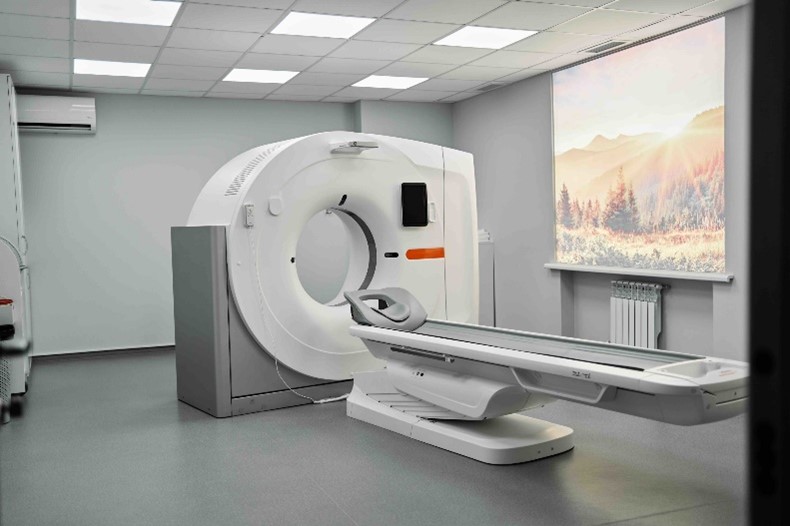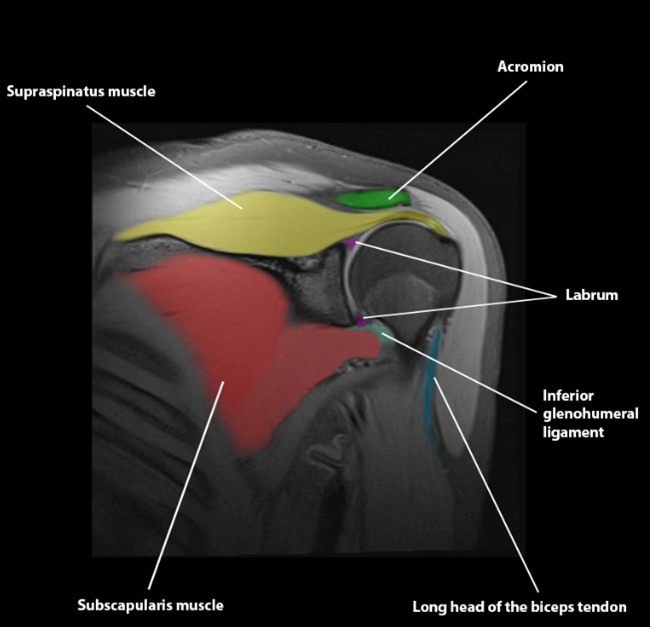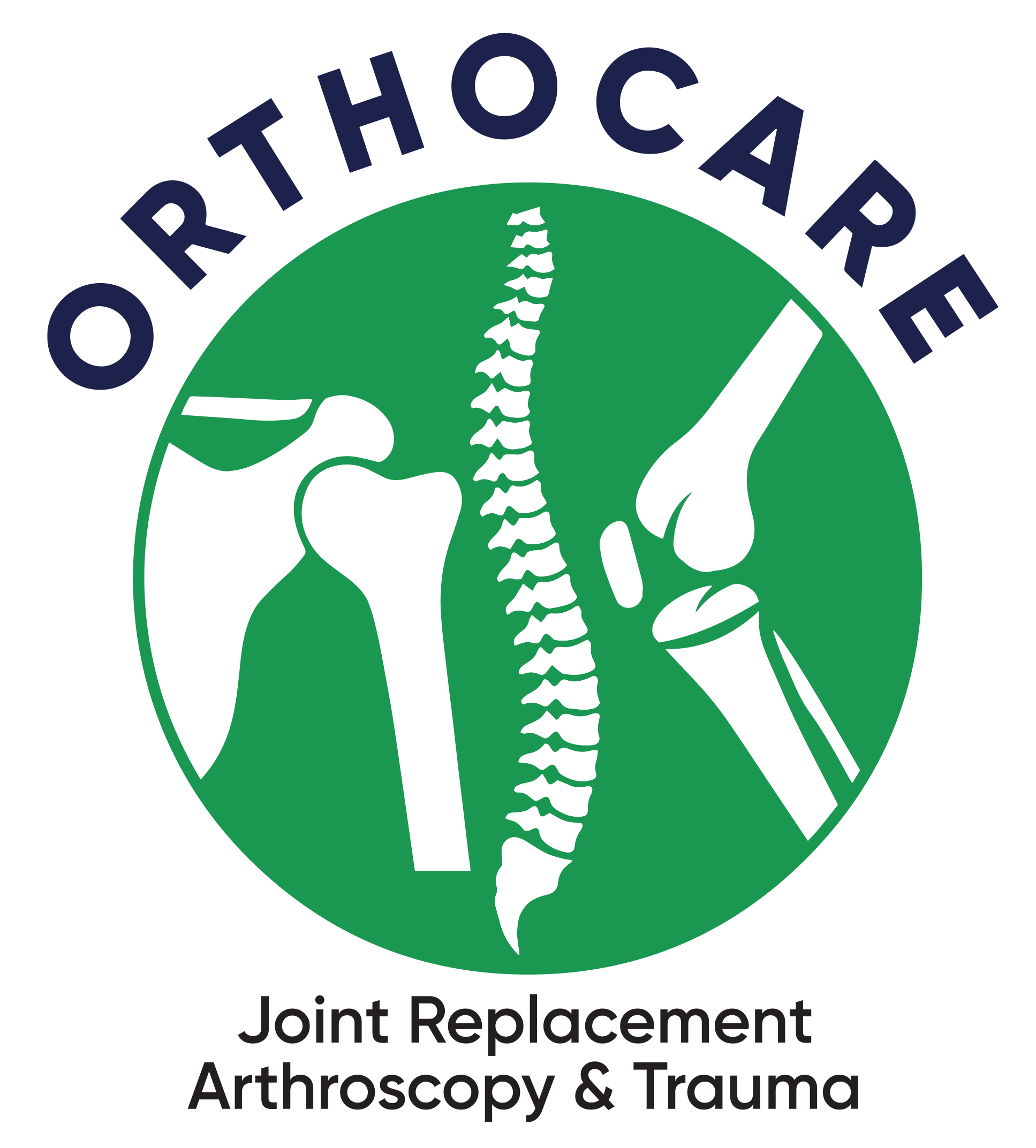MRI for Knee and Shoulder Injuries: Key Diagnostic Tool
In the realm of orthopedic medicine, accurate diagnosis is paramount for effective treatment of knee and shoulder injuries. Magnetic Resonance Imaging (MRI) stands out as a powerful diagnostic tool, offering detailed insights into soft tissue and bone structures.
In this blog, we delve into the indispensable role of MRI in evaluating knee and shoulder injuries, shedding light on its significance for comprehensive patient care.

Understanding MRI Imaging:
MRI operates on the principles of magnetic fields and radio waves to generate high-resolution images of internal body structures. Unlike X-rays or CT scans, MRI excels in visualizing soft tissues, making it ideal for assessing knee and shoulder injuries.
Its non-invasive nature and lack of ionizing radiation further enhance its utility in medical imaging, providing clinicians with valuable diagnostic information.
The Complexity of Knees and Shoulders:
Our knees and shoulders are engineering marvels, housing a symphony of bones, muscles, ligaments, and tendons. These intricate structures allow for smooth movement, stability, and support.
But injuries, whether from sports mishaps, accidents, or everyday wear and tear, can disrupt this harmony, leading to pain and functional limitations.
When Injuries Strike:
Common culprits behind knee and shoulder woes include:
- Knee: Torn menisci, ligament sprains (ACL, MCL, PCL), cartilage damage, bursitis, tendonitis, arthritis, stress fractures.
- Shoulder: Rotator cuff tears, labral tears, tendonitis, bursitis, arthritis, impingement syndromes, nerve problems, and joint instability.
The challenge lies in accurately identifying the source of pain, as these structures often lie deep within the joint, hidden from plain sight. But it needs to be emphasized that careful clinical examination is essential to make a diagnosis and MRI should be used to re confirm the diagnosis, rather than to make a diagnosis.
Unveiling the Hidden: How MRI Works its Magic
Unlike X-rays that primarily show bones, MRI utilizes a unique combination of magnets and radio waves to create detailed cross-sectional images of your entire joint, including:
- Knee: Menisci, ligaments, tendons, cartilage, and bone marrow.
- Shoulder: Rotator cuff tendons, labrum, bursa, muscles, and bones.
Imagine MRI as a powerful magnifying glass, allowing Dr. Nagaraj to meticulously examine every nook and cranny, revealing:
- Tears: Tiny rips in ligaments, tendons, or the meniscus.
- Inflammation: Swollen tissues causing pain and stiffness.
- Degeneration: Wear and tear of cartilage or other soft tissues.
- Other abnormalities: Bone tumors, nerve issues, or joint instability.
This unmatched level of detail is crucial for:
- Accurate diagnosis: Pinpointing the exact cause of your pain.
- Tailoring treatment: Guiding the most appropriate treatment plan, from conservative management to surgery.
- Peace of mind: Knowing exactly what you’re dealing with empowers you to make informed decisions about your care.
MRI of the Knee: Detecting and Evaluating Injuries
MRI plays a pivotal role in diagnosing various knee injuries, including ligament tears, meniscus tears, cartilage damage, and bone fractures.
Most ligament tears can be diagnosed clinically, but in todays world an objective evidence is necessary before proceeding with treatment.
Through MRI imaging, orthopedic specialists can accurately pinpoint the location and severity of injuries, assess soft tissue involvement, and formulate tailored treatment plans and does not leave any ambuigity in the patient’s mind.
Whether surgical intervention or conservative management is warranted, MRI serves as a cornerstone in guiding therapeutic decisions for optimal patient outcomes.
Role of MRI in Shoulder Joint Evaluation
Similarly, MRI serves as an indispensable tool in evaluating shoulder injuries and conditions.
From rotator cuff tears to labral tears and shoulder impingement syndrome, MRI enables clinicians to differentiate between different pathologies, gauge the extent of tissue damage, and devise targeted treatment strategies.
However the treatment decision should not be based on MRI alone. Many patients with Frozen shoulder may present to you with an MRI report showing a small muscle tear.
By providing a comprehensive assessment of the shoulder joint, MRI empowers orthopedic surgeons, who along with their clinical assessment, deliver personalized care that addresses the specific needs of each patient.


Can MRI Detect Knee and Shoulder Injuries?
Without a doubt, MRI is highly adept at detecting knee and shoulder injuries with remarkable sensitivity and specificity. However sometimes the doctor needs to be careful to assess whether the tear seen on the MRI is corelating to the patient’s problem or not.
Its ability to capture detailed images of soft tissues allows for the visualization of subtle abnormalities that may go undetected by other imaging modalities.
Whether it’s a complex ligament tear or a subtle cartilage lesion, MRI excels in elucidating the intricacies of musculoskeletal pathology, facilitating accurate diagnosis and timely intervention.
Importance of Timely Diagnosis and Treatment
Timely diagnosis and treatment are paramount in the management of knee and shoulder injuries.
MRI plays a pivotal role in expediting this process by providing clinicians with actionable insights into the nature and severity of injuries.
By promptly identifying underlying pathology, MRI empowers healthcare providers to initiate appropriate treatment modalities, thereby mitigating the risk of complications and optimizing patient outcomes.
Finding the Right Expert: Why Choose Dr. Chethan Nagaraj for Your MRI Interpretation and Treatment?
Dr. Chethan Nagaraj, a highly qualified orthopedic surgeon in bangalore, brings not only extensive experience in interpreting MRIs but also a deep understanding of knee and shoulder injuries.
He believes in:
- Personalized care: Treating each patient as an individual, understanding their unique concerns and goals.
- Exploring all options: Discussing both conservative and surgical approaches, empowering you to make informed decisions.
- Advanced treatment techniques: Utilizing minimally invasive arthroscopy and the latest surgical procedures when necessary.
Conclusion
In conclusion, MRI plays an indispensable role in diagnosing knee and shoulder injuries, offering unparalleled insights into musculoskeletal pathology.
By harnessing the power of MRI, orthopedic surgeons can accurately assess injuries, formulate targeted treatment plans, and facilitate timely intervention, ultimately restoring patients to optimal health and function.
For those in Bangalore seeking expert care for knee and shoulder pain, Dr. Chethan Nagaraj stands as a beacon of excellence, providing compassionate and comprehensive orthopedic services that prioritize patient satisfaction and well-being.

